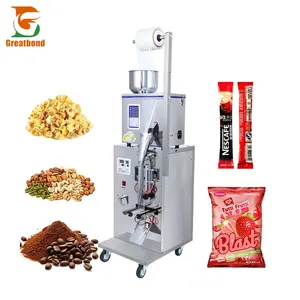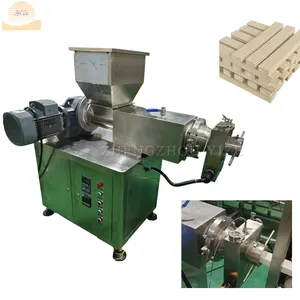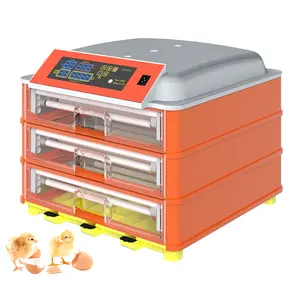Popular in your industry






























































Related Searches:





























































































































Top categories
About weaving loom machine
A weaving loom machine is a device that interlaces two sets of yarn or threads at right angles to create fabric. Looms can be manual or powered and vary significantly in size and complexity, from small handlooms to large industrial machines. The primary components of a weaving loom include a frame or structure, warp beam, heddles, shuttle, reed, and a method of powering the loom, which can be anything from manual human operation to advanced electronic systems. The warp beam holds the lengthwise threads under tension, while the heddles are cords or wires that help control the position of the warp threads. The shuttle is a device that carries the weft thread back and forth across the warp threads, creating the woven fabric. The reed is used to push the weft threads into place and maintain an even fabric width. Looms can be further categorized based on the weaving techniques they employ, such as the shuttle-less weaving machine and the flying shuttle weaving machine.
Advantages of the Weaving Loom Machine
One of the primary advantages of the weaving loom machine is its ability to efficiently produce large quantities of woven fabric with consistent quality. Automation reduces the potential for human error and increases the speed of production. Additionally, the Jacquard loom enables the creation of intricate and complex woven patterns, making it highly versatile for various textile applications. The weaving loom machine also offers flexibility in terms of fabric design and customization, allowing for the production of a wide range of fabric types, patterns, and textures. Furthermore, modern weaving looms are often equipped with advanced technologies, such as computerized controls and sensors, which enhance efficiency, monitor performance, and contribute to the overall quality of the woven fabric.
Applications of the Weaving Loom Machine
The weaving loom machine is a pivotal tool in the textile industry, driving the efficient and large-scale production of woven fabrics. It finds extensive use in the manufacturing of clothing, upholstery, home textiles, and industrial fabrics. In the fashion industry, weaving looms produce a wide variety of garments, from everyday apparel to high-end fashion textiles. The upholstery sector relies on weaving looms to create durable and decorative fabrics for furniture, automotive interiors, and more. Home textiles, including bed linens, curtains, and towels, are also crafted using these machines. Furthermore, specialized industrial fabrics for sectors like construction, healthcare, and geotextiles are manufactured using weaving looms. The flexibility and precision of the weaving loom machine make it an indispensable asset in textile production.
Features of the Weaving Loom Machine
The weaving loom machine is a versatile and essential piece of equipment in the textile industry. Its features may vary based on the type and complexity of the loom, but some common characteristics include the ability to control the weaving process, adjust tension, and create intricate patterns. Many modern weaving looms are equipped with advanced technology, such as computerized controls, which enable precise and efficient operation. Additionally, the weaving loom machine can accommodate various types of yarns and threads, ranging from natural fibers like cotton and wool to synthetic materials. The adaptability of these machines allows for the production of a diverse range of fabrics, from simple weaves to complex designs. Furthermore, weaving looms offer scalability, making them suitable for small-scale operations as well as large industrial settings. The combination of traditional craftsmanship and technological innovation continues to define the weaving loom machine as a cornerstone of textile manufacturing.























































